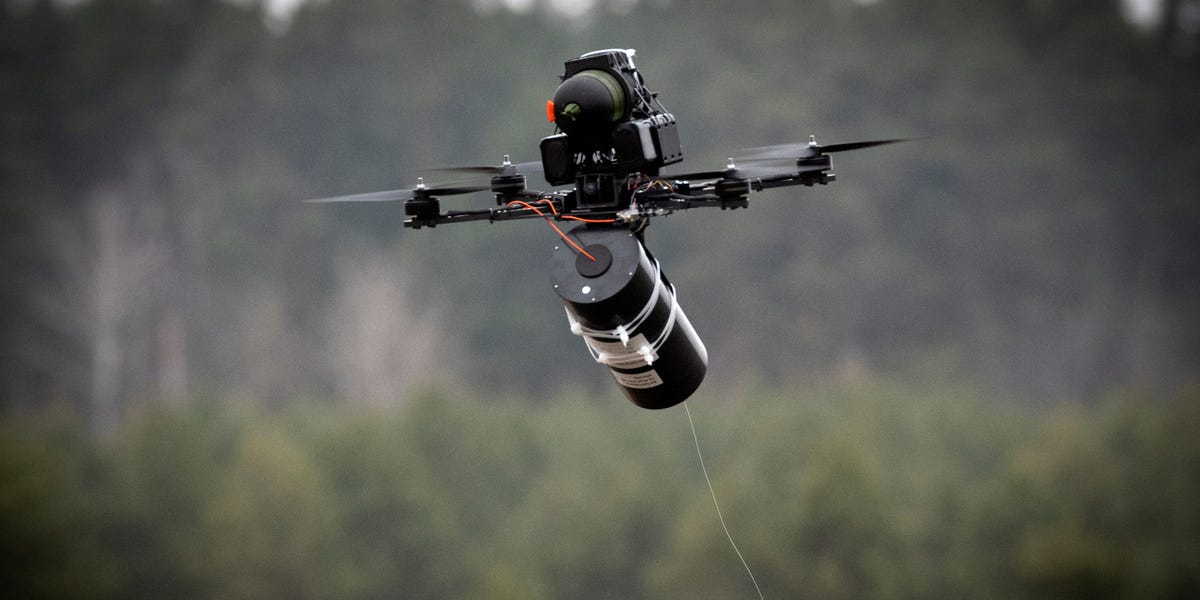Silent Hunters: How Ukraine's Tech Warriors Are Outsmarting Russian Electronic Defenses

In a strategic response to Russia's electronic warfare capabilities, Ukraine is rapidly scaling up its production of fiber-optic drones, introducing a cutting-edge solution to battlefield communication challenges. These innovative unmanned aerial vehicles represent a critical technological breakthrough in modern military communications.
Unlike traditional drones vulnerable to electronic jamming, fiber-optic drones utilize physical fiber-optic cables to transmit data, creating an almost impenetrable communication network that cannot be intercepted or disrupted by electronic warfare systems. This breakthrough technology provides Ukrainian forces with a significant tactical advantage, ensuring reliable and secure communication in contested environments.
Military experts note that these drones can maintain real-time intelligence transmission even when conventional communication channels are compromised. By physically connecting to ground stations through fiber-optic cables, these drones create a direct, uninterruptible data link that circumvents electronic interference.
The accelerated production of these advanced drones underscores Ukraine's commitment to technological innovation in warfare, demonstrating the nation's ability to rapidly adapt and develop sophisticated military solutions in response to ongoing conflict challenges.
As the conflict continues, these fiber-optic drones are poised to become a game-changing asset, potentially reshaping electronic warfare strategies and communication technologies on the modern battlefield.

